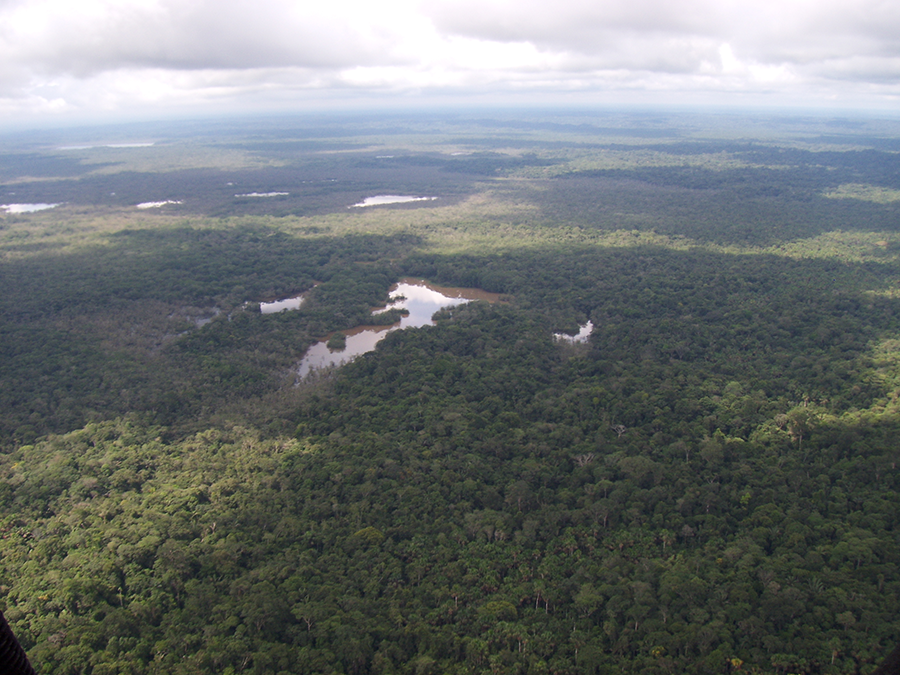The Amazonian border integration initiative known as the Tri-National Program, was promoted by the Administrators of three protected areas (The La Paya National Park-Colombia, the Cuyabeno Wildlife Reserve-Ecuador, and the Güeppí National Park-Peru), enabling a management optimization under a regionally coordinated model.
It all started in 2005 as a result of the dialogue efforts carried on by the representatives of the three Protected Areas. In 2006 the initiative was consolidated as the Tri-National Program, since then it has continuously been strengthened over time.
The first important decision towards financial support for the initiative, was sought trough an agreement among the environmental funds available in each of the three participating countries. Afterwards, additional financial support was pursued through several projects that could cover the expenses of priority lines such as protected and buffer area’s management, social participation, organizational capacity improvement and the conservation corridor´s enhancement.
In this context, the Goverments united to seek operational, technical and financial mechanisms to ensure the conservation and sustainable development of the Corridor, with the ambition of becoming a successful pilot experience of transboundary management.
The program’s institutional background was strengthened thanks to a strong structure comprised of: The Coordinating Committee; The Technical Committee; and, The Technical Secretariat. Furthermore, a Memorandum of Understanding was signed by the parties which provided a clear guideline for the job ahead.
Thanks to the technical and financial support gained, several coordinated actions were carried out to increase the functionality and management capabilities of the three areas. In Cuyabeno, guarding posts were repaired and equipped, and the Monitoring and Vigilance Program was consolidated as part of the Area’s Management Plan; later this was articulated with the park ranger’s work in all three Areas to effectively monitor strategic conservation spots inside the protected areas, buffer zones, and borders.
In regards of social participation for sustainable management, the work was aimed to strengthen the organic coffee and fine aromatic cocoa productivity chain and communitarian tourism innitiatives.
